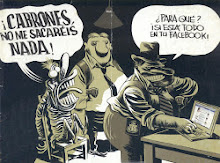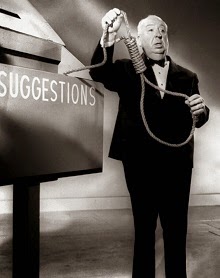Richard J. Leskosky
Debates over health insurance have been raising people's blood pressure for a few years now, but back in 1944, director Billy Wilder demonstrated just how hazardous to your health accident insurance could be in his film noir masterpiece "Double Indemnity."
You can check it out yourself at 1 and 7 p.m. Saturday at the Virginia Theatre in downtown Champaign, where it will be screened as an installment in The News-Gazette Film Series.
Wilder not only directed the film, he also collaborated on the script with novelist Raymond Chandler, the creator of iconic fictional detective Philip Marlowe.
Wilder had written mostly light comedies up to that point, both in Europe and in Hollywood. His best-known screenplays from that period included "Ninotchka" for Ernst Lubitsch (1939), "Ball of Fire" for director Howard Hawks (1941) and "Hold Back the Dawn" for Mitchell Leisen (1941). All three earned him Oscar nominations. That track record helped him move into directing, and "Double Indemnity" was his third film as director.
Chandler's success as a novelist of "hard-boiled" detective fiction led to Hollywood hiring him to write screenplays, but his uneasy collaboration with Wilder almost ended that phase of his career at its beginning.
Chandler in a subsequent essay about Hollywood made some disparaging remarks that were undoubtedly aimed (anonymously) at Wilder, and Wilder's next film, "Lost Weekend," about an alcoholic writer, though itself an adaptation, clearly borrowed from his experience with Chandler.
Another writer of crime fiction, James M. Cain, whose work like Chandler's had appeared in the crime fiction magazine Black Mask, had written the novella "Double Indemnity" in 1936 when it appeared serialized in Liberty magazine. In 1943, it was collected with two other Cain stories in "Three of a Kind." It, like Cain's first novel, "The Postman Always Rings Twice," was based on an actual 1927 case Cain had covered as a crime reporter.
In the film, insurance agent Walter Neff (Fred MacMurray) is seduced by Phyllis Diedrichson (Barbara Stanwyck) into a scheme to kill her husband after signing him up for a big accident insurance policy — with a double indemnity clause that doubled the payoff if the accident involved a train.
"Double Indemnity" was the first Cain novel that Hollywood made into a film. And if it was not actually the first film noir, it was certainly the most influential. (Adaptations of his "Mildred Pierce" and "The Postman Always Rings Twice" followed in short order, to similar success.)
Wilder had found that though Cain's dialogue worked well on the page, it did not play for a movie, and so Chandler was brought on to work the dialogue. (By this time, Cain himself was also in Hollywood doing scripts, but for a different studio — Universal, whereas "Double Indemnity" was a Paramount production.) The racy dialogue between Walter and Phyllis when they first meet is pure Chandler, for example.
Despite the Cain/Wilder/Chandler script, though — or maybe even because it was so good — nobody was willing to play these characters. George Raft, for example, continued his knack for turning down iconic roles — "High Sierra" (1941), "The Maltese Falcon" (1941), "Casablanca" (1942) — by declining to play Walter. MacMurray originally demurred because his career up to then had consisted primarily of light comedies (so did most of his film and TV work subsequently, for that matter).
Barbara Stanwyck, who had starred in "Ball of Fire" and other comedies, was also reluctant until Wilder challenged her over the stretch it would give her as an actress. (And once he'd talked her into it, he took her shopping for the cheapest wig they could find so that Phyllis would appear as false outside as she was inside.)
Edward G. Robinson plays Neff's canny boss, Barton Keyes, the company's sharpest claims investigator. It's a supporting role but includes several bravura speeches. Up to this time, Robinson had been playing leads, so taking this role represented a major career choice for him.
As it turned out, the film received seven Oscar nominations: picture, actress, director, screenplay, cinematography (black and white), sound recording and scoring of a dramatic or comedy picture. It didn't win any, though. Leo McCarey's "Going My Way" made a sweep of picture, director, actor, supporting actor and two writing categories (original story and screenplay).
Wilder took immediate and petty revenge by tripping McCarey as he went up to accept the best director Oscar. The next year, though, Wilder had a perhaps sweeter revenge when his "Lost Weekend" won picture, director, actor and screenplay Oscars.
"Double Indemnity" had a lasting impact on Hollywood films and on film noir in particular. It popularized the first-person narration by the main character, evocative camera angles and the use of shadows to suggest moods or thematic elements.
It also reintroduced the notion of the femme fatale — the beautiful but ruthless woman who leads the main male character into betraying his moral code, his friends, his obligations, and who then, more likely than not, betrays him in turn. Such bad women had largely disappeared from the Hollywood screen as a result of the Motion Picture Production Code of the 1930s. Wilder reinvigorated that type, and it became a Hollywood staple for decades.
Although there's a lot of lust in "Double Indemnity," perhaps the only real love in the film is between Walter and Keyes. Their mutual respect and affection makes the relationship between Walter and Phyllis look all the more hellish, particularly in how it so quickly slides into doubt and suspicion. And the relationship between Phyllis' stepdaughter and her abusive boyfriend is little better — though certainly not as fatal.
"Double Indemnity" is classic, even defining, film noir. It's also, in general, a Hollywood classic in many ways, not the least being John F. Seitz's black and white cinematography. So do not miss this opportunity to see it on the big Virginia Theatre screen.
Richard J. Leskosky taught media and cinema studies at the University of Illinois and has reviewed films for more than 30 years. He can be contacted at filmcritic@comcast.net.

































0 comentaris:
Publica un comentari a l'entrada